Today we are going to tell you an old story. The story of a tiny port, with a great little beach, to the north.
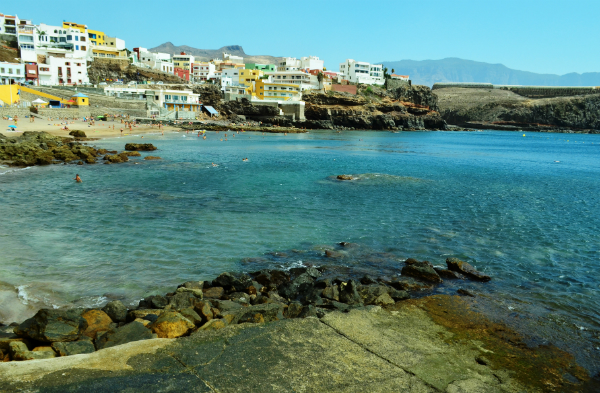
Alongside its large main ports, the island of Gran Canaria has always had smaller ports, such as at Sardina del Norte, here in the municipality of Gáldar. It may be a smaller port in terms of size, but it is in a truly beautiful setting.
Years ago, Sardina was one of many ports on the island that handled farming produce. It also served as entry port for other products. The tiny port area still preserves its charm and its blessed natural surroundings, along with the fact it has served as shelter for many different boats throughout its history.
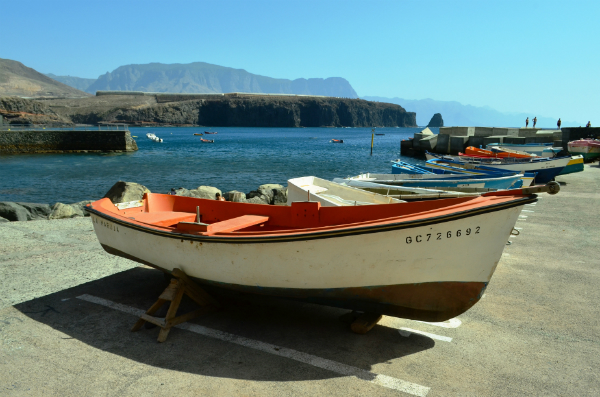
There are two highly relevant phases linked to the bay at Sardina del Norte. The first one, during the 15th and early part of the 16th centuries, coincided with the period of fighting over the conquest of the island and half a century of colonization which followed. The second period, in the 19th century, was another truly important time for the port.
Sardina del Norte’s geographical setting was considered strategic for the Castilian conquerors. Being opposite Gáldar, at the time the town where the island’s guanartemes, or kings resided, it made them think it would be the ideal gateway through which they could forcibly take over the political hub of pre-Hispanic Gran Canaria.
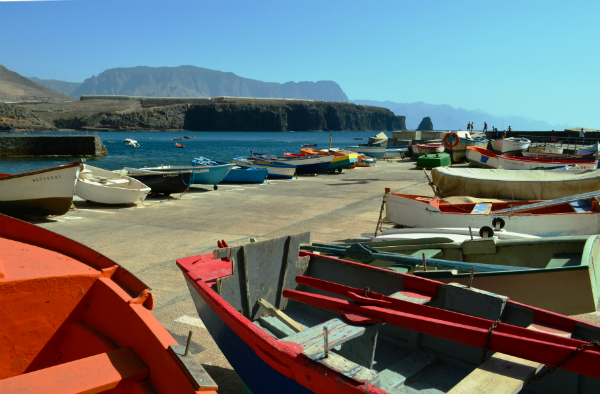
Soon after the Conquest, the Port of Sardina remained a fairly important site for sugar trade, although its relevance declined during the second half of the 16th century as the port of Las Isletas (today known as Puerto de la Luz) developed into the island’s main port, and because the sugar industry fell away in Gran Canaria.
The passing of time, however, has taken none of the bay’s seductive charm away. Today’s charm shines through at this peaceful, age-old site, in the shape of a fishing port and beach with their own peculiar qualities.
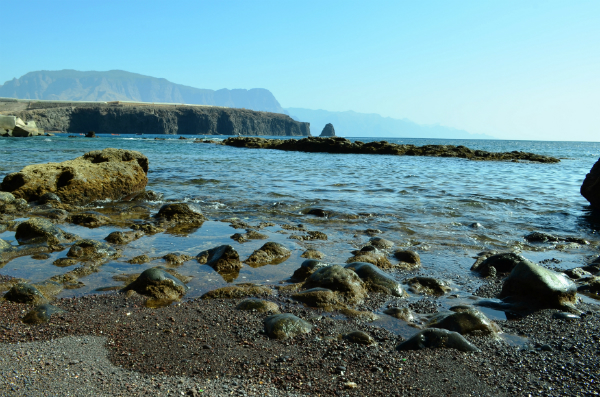
It is no surprise that there is an abundance of marine flora and fauna around here. The greeny-blue tone of its waters have made it one of the most highly rated spots by scuba diving enthusiasts. The sea beds are awash with octopus, Canarian lobsters, sea cucumbers and seahorses. The sandy beds are home to toad fish, angel fish, mantelinas, and gallos de San Pedro.
Sardina del Norte no longer attracts boats with conquerors, today it is bathers and travellers who are seduced by its charm and peacefulness. As you continue along the walkway and pass the tetrapods to your left, you will reach a pebbled cove, presided by El Roquete, a house dug out of the rock, a harkback to the aboriginal settlements prior to the arrival of the Castilians.
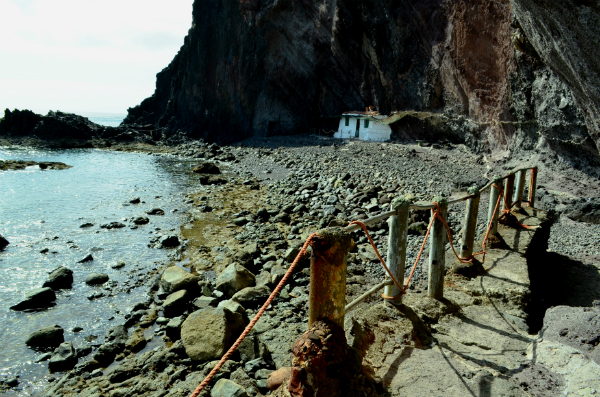
You can carry on, and if the tide is out, you can walk around the rocks as far as a cavity hewn out of the rock, from where local youngsters, who know the area well, dive off into the Atlantic.